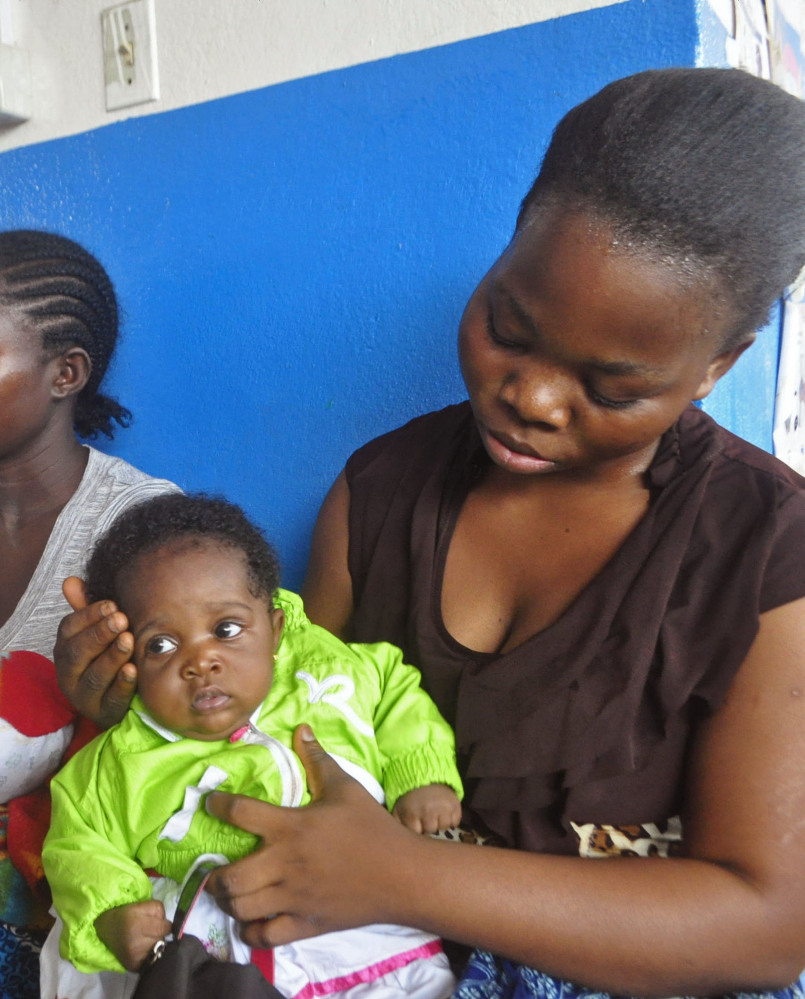MONROVIA, Liberia — The Ebola outbreak has spawned a “silent killer,” experts say: hidden cases of malaria, pneumonia, typhoid and the like that are going untreated because people in the countries hardest hit by the dreaded virus either cannot find an open clinic or are too afraid to go to one.
Evidence of what the World Health Organization calls an “emergency within the emergency” is everywhere in Guinea, Liberia and Sierra Leone, the West African countries worst hit by the Ebola epidemic.
It can be seen in a decline in the number of kids being vaccinated for preventable diseases. It can be seen in the mother who crosses Monrovia, Liberia’s capital, searching for an open clinic that will treat her 3-year-old daughter who has a fever and is vomiting, both signs of Ebola but also of many other diseases. It can be seen at the hospital in Kissidougou, Guinea, which sees not even a tenth of the patients it used to.
It can also be seen at the hospital outside Sierra Leone’s capital run by the medical charity Emergency. It is inundated with patients because nearby hospitals are closed or only partially operating.
“There’s this incredible silent killer health crisis behind the Ebola crisis,” said Eric Talbert, the executive director of Emergency’s U.S. branch.
None of roughly a dozen experts interviewed by The Associated Press could say how many people might be sick or dying for lack of health care. Tracking the diseases that usually plague Guinea, Liberia and Sierra Leone – malaria, pneumonia, cholera and diarrhea diseases – is difficult even in the best of times. Now the countries’ already weak health systems are broken down amid the Ebola epidemic.
In July, only about half the health facilities in Liberia were reporting data to the Health Ministry. That doesn’t mean half the facilities were closed, but it shows many were at least not operating fully. Hospitals and clinics in Sierra Leone have also been forced to shut or curtail their activities.
There are signs of improvement. In Guinea, many facilities were open in September but they were waiting for patients. The hospital in Kissidougou, near where Ebola outbreak began, was seeing only 12 to 15 patients a day at the end of September, compared to the typical intake of 200 to 250 patients, said Dr. Franco Pagnoni, who at the time was WHO’s Ebola field coordinator there.
Copy the Story LinkSend questions/comments to the editors.



Success. Please wait for the page to reload. If the page does not reload within 5 seconds, please refresh the page.
Enter your email and password to access comments.
Hi, to comment on stories you must . This profile is in addition to your subscription and website login.
Already have a commenting profile? .
Invalid username/password.
Please check your email to confirm and complete your registration.
Only subscribers are eligible to post comments. Please subscribe or login first for digital access. Here’s why.
Use the form below to reset your password. When you've submitted your account email, we will send an email with a reset code.